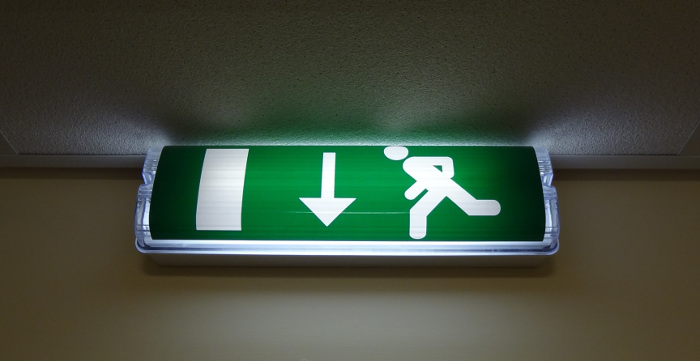Science Lab Safety - Part 2
In part 1 of our science lab safety guide we looked at the general safety rules that students should be complying with.
In part 2 we will be looking at what is required for the classroom itself, what standards you should be striving for and what you can do to make sure that you are meeting the requirements.
Providing Access
It’s important to provide access for students with disabilities, this includes mobility support, help for the deaf and/or blind or visually impaired. Putting in access ramps or providing a support teacher can make all the difference to a disabled child’s learning experience and enjoyment.
Exits
There should be two exit options for the classroom; these should be wide enough to allow access for disabled children and equipment trolleys. The doors should open in the direction of travel, this is particularly important if the door is dealing with a large amount of people. The doors should also be able to be opened from the inside without a key, push bars are usually used to secure the doors. Finally, the exits should be clearly marked with signs.
Fire Extinguishers
It’s important to maintain 3 fire extinguishers in the classroom; one for paper, wood, cloth, rubber or plastic, one for burning liquids, gases or greases and the last one for burning electrical equipment. These also need to be clearly labelled with the relevant fire extinguisher signs as using the wrong extinguisher could make the fire worse.
Eyewash
As you will be dealing with liquids, gases and greases in the science classroom there is the potential that these could get into a student’s eye. It is important therefore to have eyewash kit no more than 10-20 seconds away from any point in the room for such an emergency.
Tables
The tables should not be attached to the floor; this is so that if extra space is needed for experiments, for example, then they can be moved and stored easily. There should also be no more than 4 students to each table, this avoids accidents and overcrowding when doing experiments. Strong, sturdy workbenches/tables are ideal for the classroom environment.
Floors
The floors should be anti-skid; in a lab where students are carrying chemicals the last thing you need is them to slip over with these in hand causing unnecessary accidents. There is a wide range of anti-slip flooring and tape available so you should find one to suit your needs.
Computers
It’s great to have computers available to students, but these should be kept on the perimeter counters away from sinks/chemicals and anywhere else spillages could happen. They should also be protected against any power surges that could occur. You can get computer workstations which will keep the computer protected from spillages and also offer an extremely secure way to store valuable hardware.
Sinks
It's imperative to have large sinks in the science lab; these should have both warm (not scalding) and cold taps, along with mats and a gooseneck tap. Relevant mandatory and prohibition signs must be displayed in a prominent position.
Cut off Valves
Cut off valves for gas, electricity and water should be located near the teacher's desk and locked away so students cannot reach them.
Safety Ratio
And lastly, the safety ratio. It is 1 qualified teacher to 30 students or less (this is for five, six and seven year olds) there is no limit, however once you get to junior or secondary classes.
If you don't feel that your classroom is meeting any of the requirements above, then it is important to discuss your concerns with the school and see if there is any budget to remedy this.
Hopefully you will find some of this advice useful and apply it to your already existing safety plans.

Author Bio - Laura Holland
Social Media and Web Content Coordinator, Jan 2014 - May 2015





